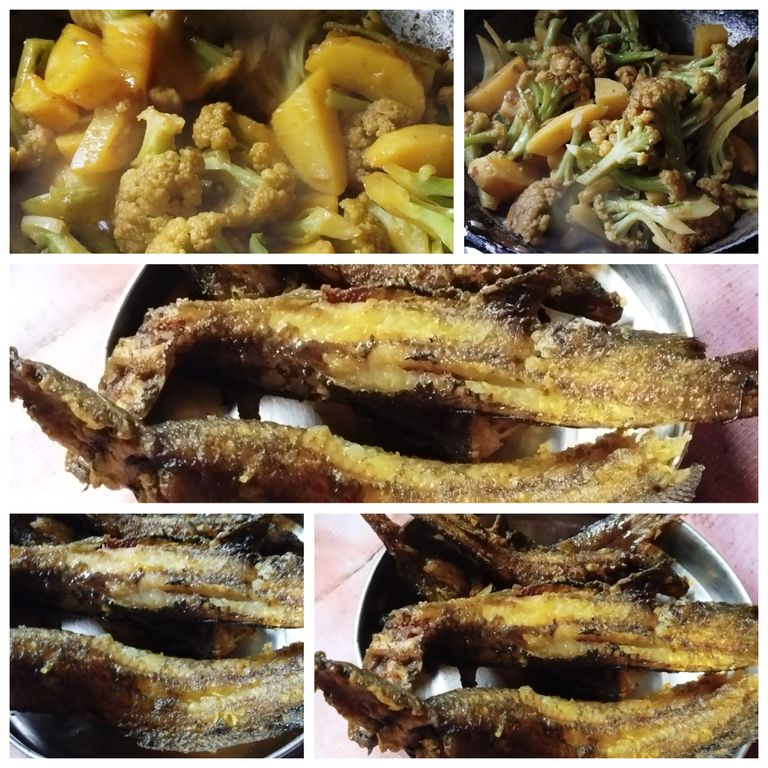
The Benefits of Eating Shing Fish: A Comprehensive Guide.
Shing fish, also known as "spiny eel" or by its scientific name Heteropneustes fossilis, is a freshwater fish that is highly popular in South Asia, especially in countries like Bangladesh, India, and Nepal. It holds a special place in traditional cuisine due to its rich taste and myriad health benefits. Shing fish is not only a delicious source of protein but also offers a wide range of nutritional benefits that contribute to overall health and wellness. In this blog, we will explore in detail the numerous health benefits of consuming Shing fish and why you should consider including it in your diet.
1. Rich in High-Quality Protein
One of the key benefits of Shing fish is its high protein content. Protein is an essential nutrient that the body needs for tissue repair, muscle development, and overall growth. For people who prefer fish over meat or those who are trying to reduce their red meat consumption, Shing fish serves as an excellent alternative. It provides high-quality protein that is easily digestible and helps in maintaining a healthy body structure.
- Protein Content: A serving of 100 grams of Shing fish contains around 20-25 grams of protein.
- Aids Muscle Growth: For athletes and bodybuilders, Shing fish can help build lean muscle mass due to its high protein content.
- Tissue Repair: Protein from Shing fish plays a crucial role in repairing damaged tissues and cells in the body.
2. Low in Fat but Rich in Omega-3 Fatty Acids
While Shing fish is low in overall fat, it is rich in omega-3 fatty acids, which are essential for heart health. Omega-3s are known to lower the risk of heart disease, reduce inflammation in the body, and improve brain function.
- Cardiovascular Health: Omega-3 fatty acids help reduce bad cholesterol levels (LDL) and increase good cholesterol (HDL), keeping your heart healthy.
- Anti-Inflammatory Properties: These fatty acids are known for their ability to reduce inflammation, which can help with conditions such as arthritis and inflammatory bowel disease.
- Boosts Brain Function: Omega-3s play a vital role in brain development and cognitive function, making Shing fish a great choice for improving memory and focus.
3. Packed with Essential Vitamins and Minerals
Shing fish is a powerhouse of vitamins and minerals that are crucial for maintaining good health. These nutrients not only support the body’s daily functions but also help in preventing various diseases.
- Vitamin D: Shing fish is a rich source of vitamin D, which helps the body absorb calcium, promoting stronger bones and teeth. It also plays a role in boosting the immune system and improving mood.
- Vitamin A: This vitamin is important for maintaining healthy vision, skin, and immune function. Consuming Shing fish regularly can help improve eyesight and protect against skin conditions.
- Iron: Iron is essential for the production of hemoglobin, which carries oxygen in the blood. Shing fish is a good source of iron, which can help prevent anemia and increase energy levels.
- Calcium and Phosphorus: These two minerals are crucial for bone health. Shing fish provides a good amount of both, ensuring strong and healthy bones and teeth.
- Zinc and Magnesium: These minerals are important for immune function, protein synthesis, and energy production. Shing fish provides a good balance of these essential nutrients, contributing to overall wellness.
4. Supports Weight Loss
For those looking to lose weight, Shing fish can be a great addition to a balanced diet. As it is low in fat and calories but high in protein, it helps keep you full for longer periods, reducing the need for frequent snacking.
- Low in Calories: With fewer calories compared to other types of meat and fish, Shing fish is an ideal choice for people on a calorie-restricted diet.
- High Satiety Value: The protein content in Shing fish promotes a feeling of fullness, which can help in controlling appetite and reducing overall calorie intake.
- Metabolism Boost: Regular consumption of Shing fish can help improve metabolism, aiding in more efficient fat burning and weight management.
5. Improves Digestive Health
Shing fish is easy to digest and is often recommended for individuals recovering from illness or those with sensitive digestive systems. Its light texture and balanced nutrient profile make it an excellent choice for people with digestive issues.
- Eases Digestion: Unlike red meats, which can be heavy on the stomach, Shing fish is easy to digest, making it suitable for all age groups.
- Reduces Bloating: Its low fat content ensures that it does not cause bloating or indigestion, making it a great option for people with gastrointestinal issues.
6. Boosts Immune System
The combination of omega-3 fatty acids, vitamins, and minerals found in Shing fish helps boost the immune system, making it easier for the body to fight off infections and diseases.
- Fights Infections: The anti-inflammatory properties of omega-3 fatty acids, combined with the immune-boosting vitamins like vitamin D and zinc, help the body combat infections and promote overall health.
- Prevents Common Illnesses: Regular consumption of Shing fish can reduce the risk of common ailments like the flu, colds, and other infections by strengthening the body's immune response.
7. Good for Skin and Hair
The nutrient-rich profile of Shing fish, particularly its high levels of omega-3 fatty acids, vitamin A, and zinc, makes it beneficial for skin and hair health.
- Promotes Glowing Skin: Omega-3s help in maintaining the skin’s elasticity and moisture, reducing the signs of aging like wrinkles and fine lines.
- Prevents Hair Loss: The zinc content in Shing fish is known to promote hair growth and prevent hair thinning or loss by nourishing the hair follicles.
8. Promotes Heart Health
One of the standout health benefits of Shing fish is its positive impact on heart health. The omega-3 fatty acids found in this fish help regulate blood pressure, reduce cholesterol levels, and improve overall cardiovascular function.
- Reduces Blood Pressure: Omega-3s in Shing fish help relax blood vessels, promoting better circulation and reducing hypertension.
- Lowers Cholesterol: By increasing HDL (good cholesterol) and decreasing LDL (bad cholesterol), Shing fish consumption can significantly lower the risk of heart attacks and strokes.
- Improves Circulation: The healthy fats found in Shing fish aid in improving blood circulation, ensuring that vital nutrients and oxygen are efficiently transported throughout the body.
9. Excellent Source of Antioxidants
Shing fish is packed with antioxidants, which help neutralize harmful free radicals in the body. Free radicals are unstable molecules that can cause cellular damage and contribute to chronic diseases like cancer.
- Fights Oxidative Stress: The antioxidants in Shing fish help combat oxidative stress, reducing the risk of chronic diseases and promoting overall cellular health.
- Prevents Aging: Antioxidants are also known for their anti-aging properties, helping to protect the skin from damage caused by free radicals and UV rays.
10. Helps Manage Diabetes
For individuals with diabetes or those at risk of developing the condition, Shing fish can be a healthy addition to the diet. Its low carbohydrate content and high protein make it an ideal food for managing blood sugar levels.
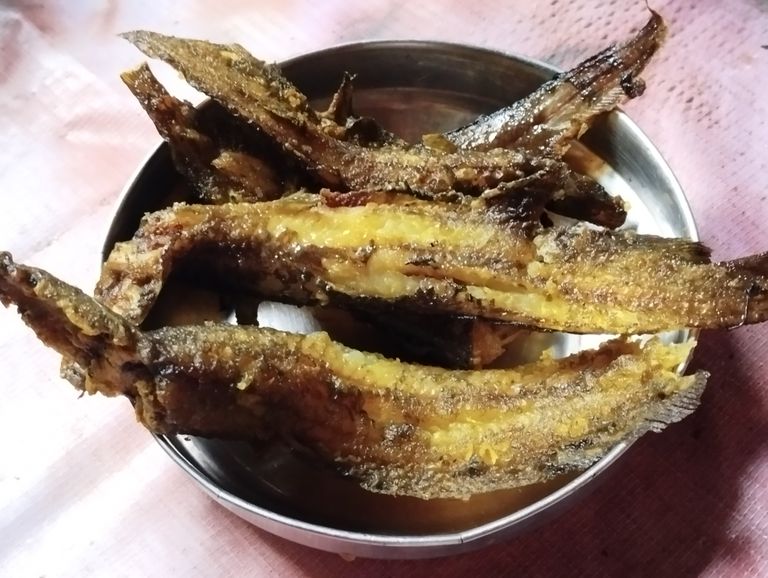
- Regulates Blood Sugar: Shing fish has a low glycemic index, which means it does not cause a rapid spike in blood sugar levels.
- Prevents Insulin Resistance: The omega-3 fatty acids in Shing fish may also improve insulin sensitivity, making it easier for the body to use glucose effectively.
Conclusion
Shing fish is not just a delicious addition to your meals but also a nutritional powerhouse that offers a wide range of health benefits. From promoting heart health and boosting the immune system to improving skin and hair quality, the benefits of eating Shing fish are numerous. Whether you are looking to improve your overall health, manage weight, or simply enjoy a flavorful and nutritious meal, Shing fish is an excellent choice.
Incorporating Shing fish into your diet regularly can contribute to a healthier lifestyle and help prevent various health issues. Whether you prefer it grilled, baked, or in traditional curry, this versatile fish is bound to enhance both your culinary experience and well-being.
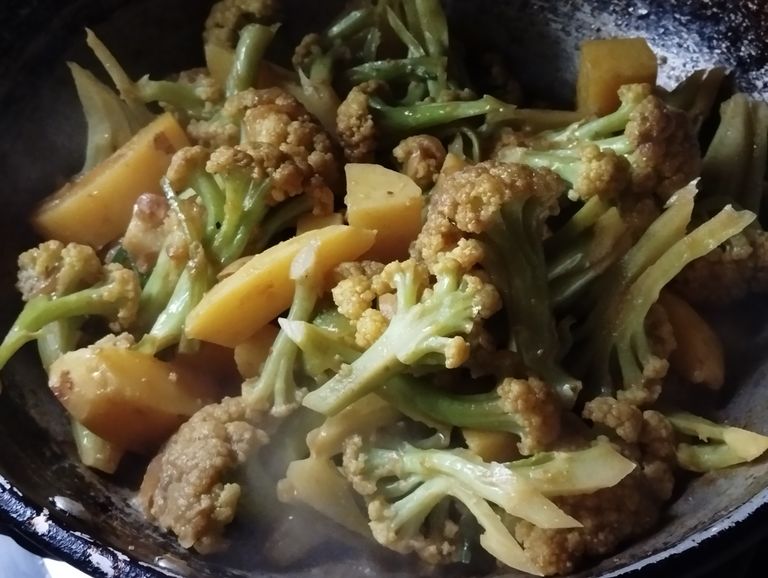

A Comprehensive Guide to Shing Fish Farming
Introduction
Shing fish, commonly known as the catfish or "stinging catfish," is highly valued in aquaculture due to its delicious taste and high demand in local markets. Scientific name Heteropneustes fossilis, this freshwater fish species thrives well in ponds, ditches, and even in low oxygen conditions. This fish is rich in protein and holds a great commercial value, making it an attractive species for farmers. Shing fish farming has become increasingly popular in countries like Bangladesh, India, and other parts of Southeast Asia due to its adaptability to various environmental conditions and profitable returns. This blog will provide a step-by-step guide to shing fish farming, from pond preparation to harvesting.
Why Farm Shing Fish?
Before diving into the farming process, let’s take a look at why farming Shing fish can be a lucrative business.
- High Market Demand: Shing fish is a delicacy in many parts of South Asia, with a high demand due to its taste and nutritional benefits.
- Low Maintenance: This species is hardy and can tolerate low oxygen levels, making it easier to farm in less-than-ideal water conditions.
- Fast Growth Rate: Under proper conditions, Shing fish grows relatively quickly, ensuring faster harvests and increased profits.
- Health Benefits: Shing fish is known for its high protein content and low fat, making it a healthy choice for consumers.
- Diversified Markets: Shing fish is not only sold for direct consumption but also used in traditional medicines due to its various health benefits.
Step 1: Selecting a Suitable Site
Selecting the right location for Shing fish farming is crucial. The area should have the following characteristics:
- Water Source: Ensure a constant supply of clean, unpolluted water. Both natural and artificial ponds can be used for farming.
- Soil Type: Clayey or loamy soil is preferable as it helps in maintaining water levels and pond structure.
- Water Quality: The pH level should be between 6.5 and 8, with good dissolved oxygen content. The water temperature should ideally range between 25°C to 30°C.
- Drainage System: Good drainage facilities should be in place to prevent water stagnation, which could cause diseases.
Step 2: Pond Preparation
Pond preparation is a critical step for a successful farming operation. Here’s how you should prepare your pond:
- Pond Size: A pond of 0.1-0.5 acres is ideal for small-scale Shing farming. Larger ponds can be used for commercial purposes.
- Pond Cleaning: Remove any unwanted debris, predatory fish, or aquatic plants that may harm the fish.
- Pond Drying: After cleaning, dry the pond for at least 2-3 weeks to kill any harmful pathogens and parasites.
- Liming: Apply agricultural lime (CaCO3) at a rate of 250-500 kg per hectare to maintain pH levels, neutralize acidity, and reduce the toxicity of harmful substances in the water.
- Fertilization: Organic fertilizers like cow dung (about 2,000-3,000 kg/ha) or chemical fertilizers (urea and phosphate) can be used to enhance the pond's fertility and increase the growth of natural feed such as plankton.
Step 3: Stocking the Pond
Once the pond is ready, the next step is stocking the pond with high-quality Shing fish fingerlings.
- Source of Fingerlings: Always purchase fingerlings from a reliable hatchery. Ensure they are disease-free and healthy.
- Stocking Density: The ideal stocking density for Shing fish is around 30,000 to 50,000 fingerlings per hectare. For intensive farming, the density can be increased.
- Acclimatization: Before releasing the fingerlings into the pond, acclimatize them to the pond’s water by placing them in a container with pond water for 30 minutes to an hour. This reduces stress and increases their survival rate.
Step 4: Feeding Management
Proper feeding is essential for the growth and health of Shing fish.
- Natural Feed: Initially, Shing fish rely on natural food available in the pond, such as phytoplankton and zooplankton. The fertilization done earlier encourages the growth of these natural food sources.
- Supplementary Feed: As the fish grow, they require supplementary feed. Protein-rich commercial feeds, pellets, or farm-made feed can be given. A protein content of 30-35% in the feed is ideal for faster growth.
- Feeding Frequency: Feed the fish 2-3 times a day. The amount of feed should be 5-10% of the fish's total body weight.
- Monitor Feed Efficiency: Regularly check if the fish are consuming all the provided food. Overfeeding can lead to water quality issues, so adjust the feeding quantities accordingly.
Step 5: Water Management
Maintaining proper water quality is crucial for the health and growth of Shing fish.
- Water Exchange: Regularly change 10-15% of the pond water every week to maintain oxygen levels and remove waste.
- Aeration: Use aerators, especially in densely stocked ponds, to maintain adequate oxygen levels.
- Monitoring Water Parameters: Keep an eye on the pH, temperature, and dissolved oxygen levels. Sudden changes in these parameters can affect the fish's growth and health.
- Controlling Algae: Excessive algae growth can deplete oxygen levels at night, leading to fish mortality. Ensure balanced fertilization and water exchange to control algae blooms.
Step 6: Disease Management
Shing fish are hardy, but they are still susceptible to various diseases, especially under poor water conditions.
- Common Diseases: Some common diseases affecting Shing fish include bacterial infections, fungal infections, and parasitic infestations.
- Prevention:
- Regularly check the water quality.
- Avoid overfeeding and overcrowding.
- Use high-quality, disease-free fingerlings.
- Apply lime and salt (1-2 kg/m³) to the pond periodically to prevent disease outbreaks.
- Treatment: In case of disease outbreaks, consult with a local aquaculture expert for proper diagnosis and treatment. Commercial antibiotics and anti-fungal treatments may be used under expert guidance.
Step 7: Harvesting and Marketing
The final step in Shing fish farming is harvesting and marketing your produce.
- Harvest Time: Shing fish are typically ready for harvest within 6-8 months, depending on the growth conditions and feeding practices.
- Harvesting Method: Drain the pond partially and use nets to harvest the fish. Ensure minimal stress to the fish during the process to maintain their quality.
- Post-Harvest Care: Once harvested, keep the fish in clean, oxygenated water until they are ready for sale. For live fish markets, ensure proper transportation methods to keep the fish alive and fresh.
- Marketing: Identify your market before harvesting. Shing fish is highly sought after in local markets, but you can also explore avenues such as restaurants, hotels, or export markets for better profitability.
Conclusion
Shing fish farming offers a promising opportunity for those looking to enter aquaculture. With proper management, good water quality, and feeding practices, this hardy species can yield significant profits. Whether you’re a small-scale farmer or a commercial entrepreneur, Shing fish farming can be a profitable and sustainable venture. As demand for this fish continues to grow, now is a great time to explore this aquaculture opportunity. By following the steps outlined in this guide, you can ensure a successful Shing fish farming operation and reap the rewards in both quality and quantity.
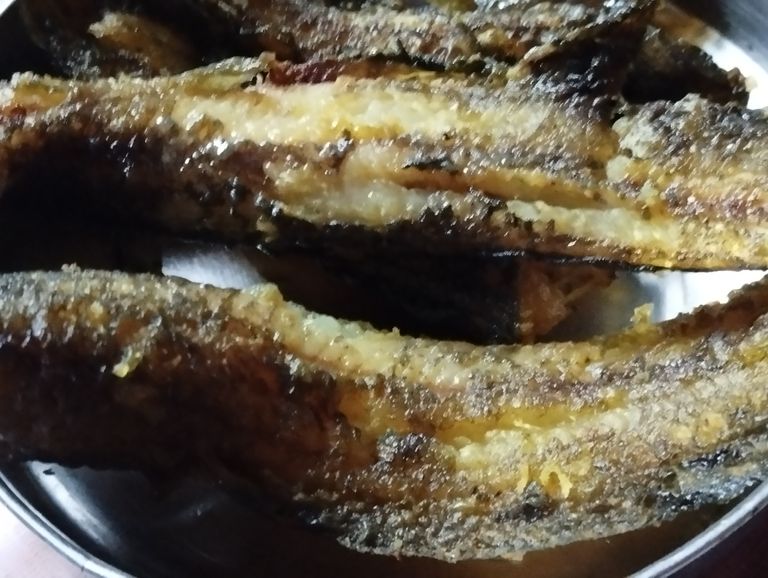
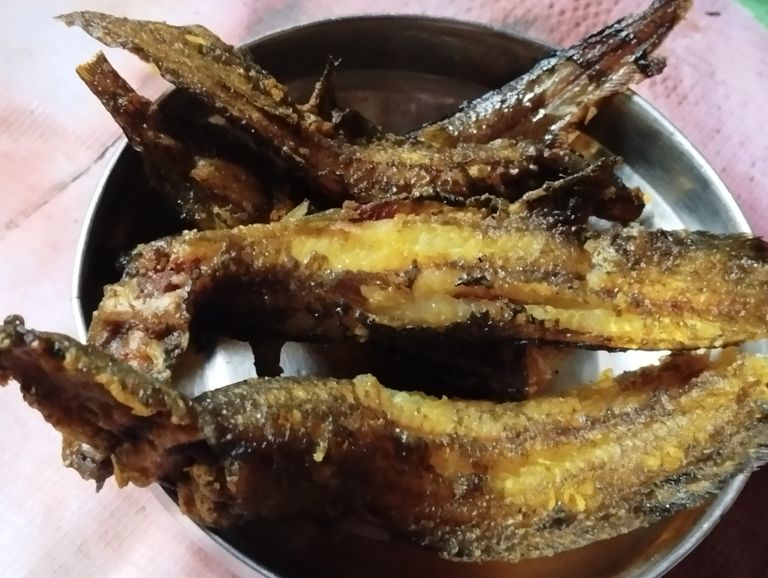
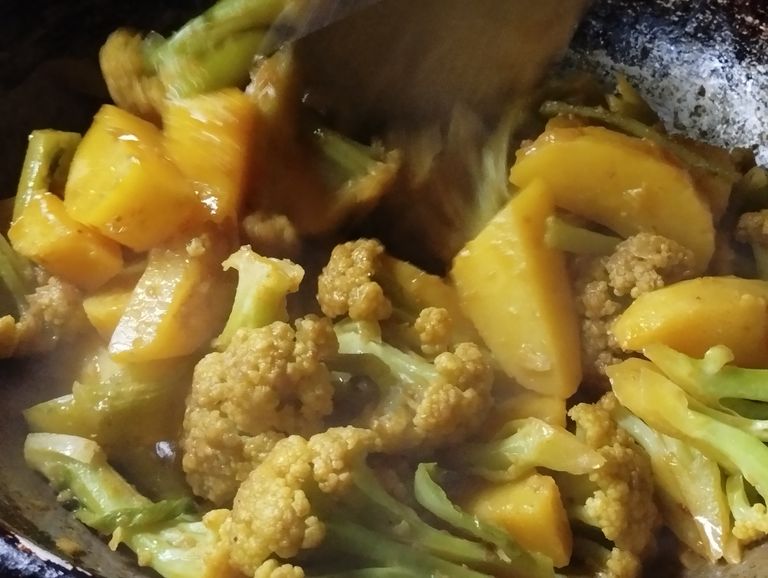
Everything You Need to Know About Feeding Shing Fish (Stinging Catfish)
Shing fish, commonly known as the stinging catfish (scientific name: Heteropneustes fossilis), is a popular freshwater species found in South and Southeast Asia, particularly in countries like Bangladesh, India, Nepal, and Myanmar. This species is known for its high nutritional value, medicinal properties, and the ability to survive in adverse conditions. In recent years, the commercial farming of shing fish has become more widespread due to its high market demand and profitability. One of the most crucial factors for successful fish farming is understanding the dietary needs and feeding habits of the fish.
In this blog, we’ll explore the types of food that are most suitable for shing fish, how to properly feed them, and what to consider when developing a feeding schedule for these fish to ensure optimal growth and health.
1. Natural Habitat and Feeding Behavior of Shing Fish
Before diving into the specifics of their diet, it is essential to understand the natural habitat of shing fish. They are typically found in shallow, slow-moving waters such as ponds, ditches, swamps, and rice paddies. They are highly adaptable and can survive in low-oxygen environments due to their specialized respiratory system.
Shing fish are omnivores, meaning they consume both plant and animal matter. In the wild, their diet includes small insects, crustaceans, plankton, larvae, and detritus (decaying organic matter). They are also scavengers, feeding on decomposing material at the bottom of ponds. This flexible diet helps them thrive in a variety of environments.
2. Types of Food for Shing Fish in Captivity
To ensure that shing fish raised in farms or aquariums grow well and stay healthy, providing a balanced diet that replicates their natural feeding habits is crucial. Below are the key types of food that can be given to shing fish:
a) Natural Foods
In controlled environments like fish farms, shing fish can still be fed natural foods that they would typically find in the wild. These foods include:
- Zooplankton: Microscopic animals that float in water and are a natural food source for fish.
- Small Crustaceans: Shrimp, crabs, and other tiny aquatic organisms can be provided.
- Insect Larvae: The larvae of flies, mosquitoes, and other insects are a good source of protein.
- Worms: Earthworms, bloodworms, and tubifex worms can be offered as a protein-rich food source.
- Aquatic Plants: Algae, water hyacinths, and duckweed are some examples of plant matter that shing fish will consume.
Natural food should be regularly supplemented to mimic the natural conditions as much as possible. However, relying solely on natural foods may not provide the fish with all the nutrients they need for optimum growth.
b) Artificial Feed
Due to the growing demand for commercial fish farming, specially formulated feeds have been developed for different types of fish, including shing fish. These feeds are designed to be nutritionally complete and ensure faster growth. Some popular options include:
- Pelleted Fish Feed: Commercially produced fish pellets are available in various sizes and formulations depending on the stage of growth of the fish. These pellets are nutrient-rich and can include proteins, fats, vitamins, and minerals.
- Protein-Rich Diets: Shing fish require a diet that is high in protein for growth, especially during their juvenile stages. Fish meal, soybean meal, and other protein-based feeds can be included in their diet.
- Floating vs. Sinking Pellets: Depending on the behavior of the fish, both floating and sinking pellets can be provided. Shing fish tend to feed near the bottom of the water, so sinking pellets are often more appropriate.
c) Homemade Feed
Some fish farmers prefer to make their own fish feed using readily available ingredients. Commonly used items include:
- Rice Bran: Rice bran is a common component of homemade fish feed and is a good source of carbohydrates.
- Fish Meal: This can be ground into a fine powder and mixed with other ingredients to provide a protein-rich diet.
- Vegetable Waste: Finely chopped vegetable scraps can also be included in the diet as a source of fiber and essential nutrients.
While homemade feeds can reduce costs, it’s important to ensure they meet the nutritional requirements of the fish.
3. Feeding Frequency and Quantity
The amount and frequency of feeding play a critical role in the growth and overall health of shing fish. Overfeeding can lead to waste buildup in the pond or tank, while underfeeding can stunt growth and affect the fish’s immune system. Here’s a general guideline for feeding frequency:
- Juveniles (Hatchlings to Fingerlings): Young shing fish require frequent feeding as they grow rapidly during this stage. Feed them small amounts 3-4 times a day.
- Sub-Adults: As they grow older, you can reduce feeding to 2-3 times a day, ensuring they receive enough nutrients to continue growing.
- Adults: Fully grown shing fish only need to be fed 1-2 times a day, as their growth rate slows down. Be sure to provide a balanced diet to maintain their health.
The exact quantity of feed depends on the number of fish, their size, and the type of feed being used. As a general rule, offer as much food as the fish can consume in 10-15 minutes, then remove any uneaten food to prevent water contamination.
4. Water Quality and Its Impact on Feeding
Feeding the fish is not just about providing the right food. Maintaining good water quality is essential for the fish to digest and utilize the food properly. Poor water conditions, such as low oxygen levels, high ammonia, or an imbalanced pH, can negatively impact the fish’s appetite and growth.
Regular water changes, aeration, and monitoring of water parameters (such as pH, ammonia, and nitrite levels) should be part of your feeding routine. A healthy aquatic environment will support better digestion and nutrient absorption, leading to healthier, more robust fish.
5. Common Feeding Problems and Solutions
a) Overfeeding
Overfeeding can cause food to accumulate at the bottom of the pond or tank, leading to the production of harmful gases like ammonia, which can stress or even kill the fish. Solution: Always feed the fish small amounts at a time, and remove any leftover food after feeding.
b) Underfeeding
Fish that are underfed may exhibit slow growth and become more susceptible to diseases. Solution: Ensure that all fish in the pond or tank are getting enough to eat. It may help to distribute the food in several locations.
c) Poor Water Quality
Dirty water makes it difficult for fish to feed properly and can cause them to lose their appetite. Solution: Maintain good water quality with regular monitoring and water changes.
Conclusion
Feeding shing fish requires a balanced approach that includes providing the right types of food, ensuring proper feeding frequency, and maintaining good water quality. Whether you’re raising shing fish in a commercial farm or in a home aquarium, understanding their dietary needs is key to achieving optimal growth and health. By following the guidelines outlined in this blog, you can help your shing fish thrive and enjoy a successful fish farming experience.